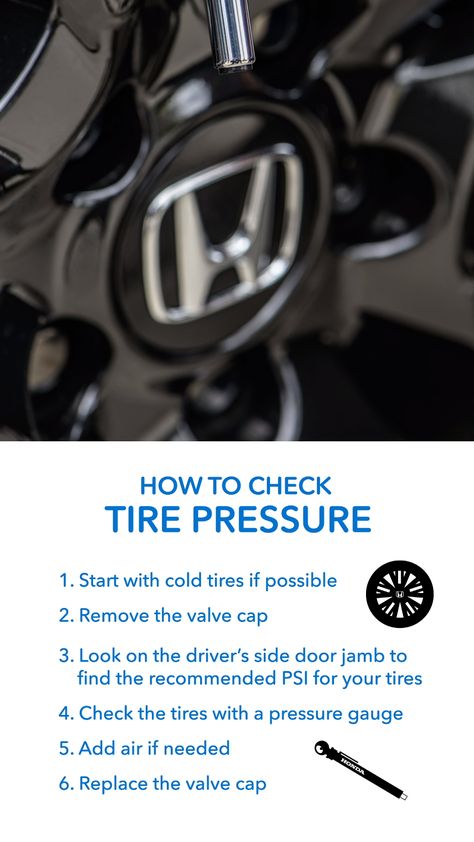The purpose of the tire pressure monitoring system (TPMS) in your vehicle is to warn you that at least one or more tires are significantly under-inflated, possibly creating unsafe driving conditions. The TPMS low tire pressure indicator is a yellow symbol that illuminates on the dashboard instrument panel in the shape of a tire cross-section (that resembles a horseshoe) with an exclamation point.
That indicator light in your vehicle has a history. It’s a history rooted in years of uncertainty about proper tire pressure and many serious car accidents that might have been avoided had drivers known their air pressure was low. Even now, it’s estimated that a substantial number of vehicles hit the road each day with underinflated tires. However, proper tire maintenance with the aid of a TPMS can and does help prevent many serious accidents.
Before this indicator light became commonplace, knowing whether your air pressure had reached unsafe levels meant getting out, crouching down, and using a tire gauge. With few exceptions, this was the only pressure-checking tool ordinary consumers had at their disposal.
Then, in response to a surge in accidents due to underinflated tires, the US government passed the Transportation Recall Enhancement, Accountability, and Documentation (TREAD) Act. One of the outcomes of this legislation is that most vehicles sold in the United States since 2007 include a tire pressure monitoring system of some kind.
Not every TPMS works the same way. The illumination of the low tire pressure indicator represents the final step in the process of either an indirect TPMS or a direct TPMS.
An indirect TPMS typically relies on wheel speed sensors that the anti-lock brake system uses. These sensors measure the rate of revolution each wheel is making and can be used by on-board computer systems to compare with each other and to other vehicle operation data such as speed.
Based on the rate of revolution of each wheel, the computer can interpret the relative size of the tires on your vehicle. When a wheel starts spinning faster than expected, the computer calculates that the tire is underinflated and alert the driver accordingly.
When a wheel starts spinning faster than expected, the computer calculates that the tire is underinflated and alert the driver accordingly.
So, an indirect tire pressure monitoring system doesn’t actually measure tire pressure. It’s not electronically processing the same kind of measurement you might see with a tire gauge. Instead, an indirect tire pressure monitor simply measures how fast your tires are rotating and sends signals to the computer that will actuate the indicator light when something in the rotation seems amiss.
-- Relatively inexpensive compared to a direct TPMS
-- Requires less programming/maintenance over the years than a direct TPMS
-- Less overall installation maintenance than its direct counterpart
-- May become inaccurate if you purchase a bigger or smaller tire
-- May be unreliable when tires are unevenly worn
-- Must be reset after properly inflating every tire
-- Must be reset after routine tire rotation
Direct TPMS uses pressure monitoring sensors within each tire that monitor specific pressure levels – not just wheel revolution data from the anti-lock brake system.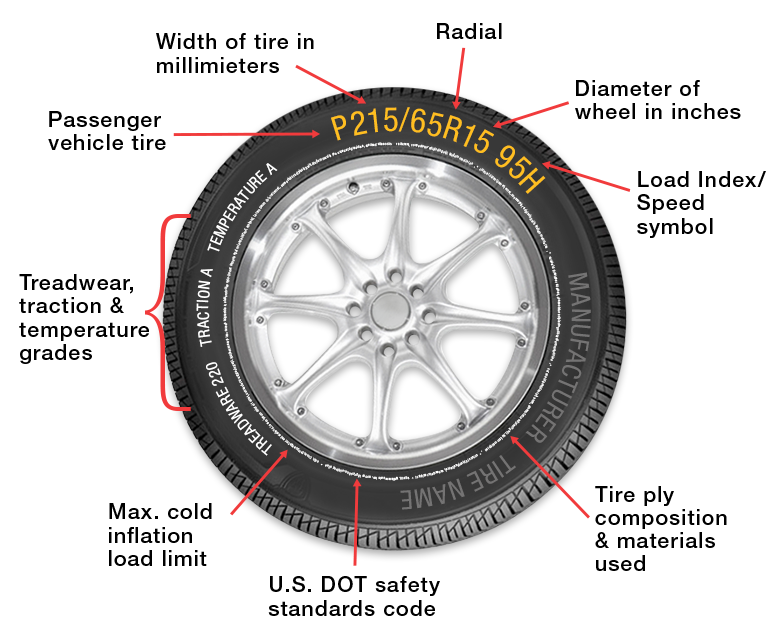
Sensors in a direct TPMS may even provide tire temperature readings. The direct tire pressure monitoring system sends all of this data to a centralized control module where it’s analyzed, interpreted, and, if tire pressure is lower than it should be, transmitted directly to your dashboard where the indicator light illuminates. A direct tire pressure monitor usually sends all of this data wirelessly. Each sensor has a unique serial number. This is how the system not only distinguishes between itself and systems on other vehicles, but also among pressure readings for each individual tire.
Many manufacturers use proprietary technology for these highly specialized systems, so replacing a TPMS in a way that’s consistent and compatible with your vehicle will require an experienced, knowledgeable technician.
-- Deliver actual tire pressure readings from inside the tire
-- Not prone to inaccuracies because of tire rotations or tire replacements
-- Simple resynchronization after tire rotation or tire replacements
-- Batteries inside the sensors usually last for about a decade.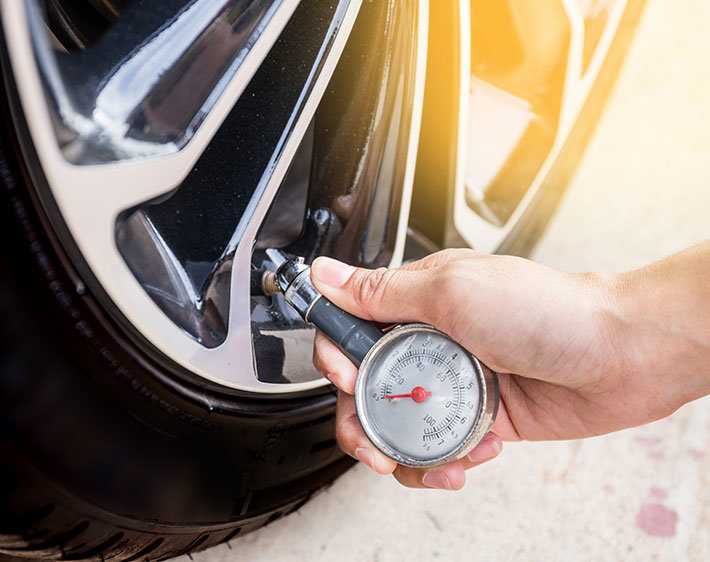
-- May be included in a vehicle’s spare tire
-- More expensive overall than an indirect TPMS
-- Though simple, resynchronization may require costly tools.
-- Battery rarely serviceable; if the battery is drained, the whole sensor must be changed.
-- Proprietary systems make installation, service, and replacement confusing for consumers and auto shops.
-- Sensors are susceptible to damage during mounting/demounting
Although the methods may be different, both systems serve the same purpose and activate the same indicator light. Even though a TPMS can deliver accurate alerts when properly maintained, it’s not a replacement for manual air pressure checks, consider it just another item in your car maintenance toolbox.
There’s never a good time for a flat. That’s why Bridgestone DriveGuard tires are masterfully engineered to keep you moving for up to 50 miles at speeds up to 50 MPH without disruption.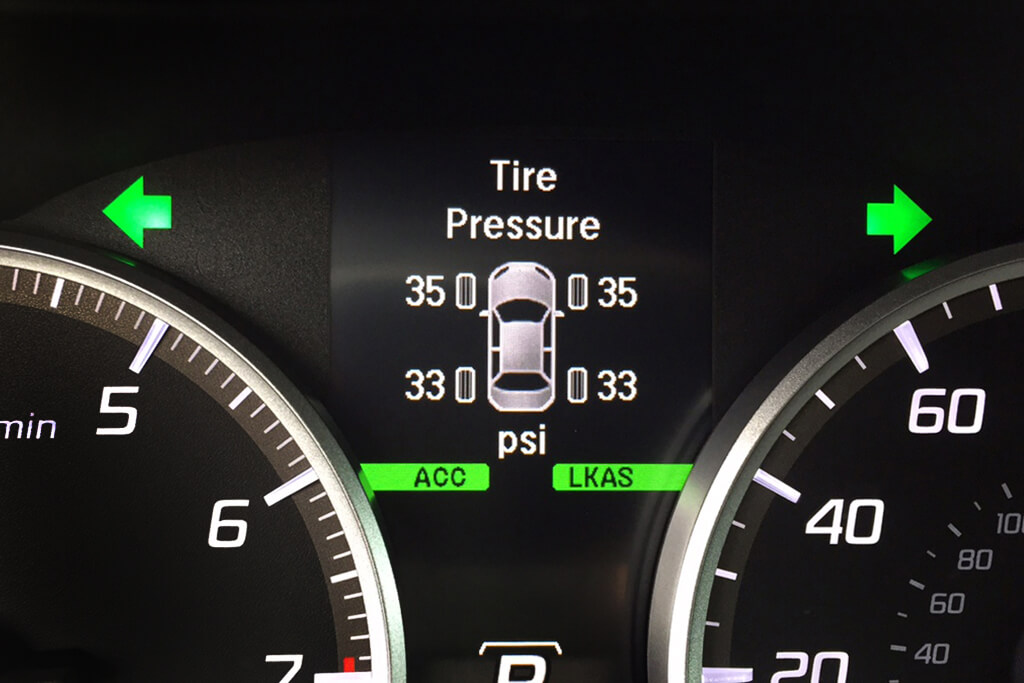
There’s never a good time for a flat. That’s why Bridgestone DriveGuard tires are masterfully engineered to keep you moving for up to 50 miles at speeds up to 50 MPH without disruption.
See Details Find Your Fit
The Tire Pressure Monitoring System (TMPS) is an electronic system in your vehicle that monitors your tire air pressure and alerts you when it falls dangerously low.
To help drivers recognize the importance of tire pressure safety and maintenance, Congress passed the TREAD act, which requires most vehicles made after 2006 to be TPMS–equipped.
There are two different types of systems being used today: Direct TPMS and Indirect TPMS.
Direct TPMS uses a sensor mounted in the wheel to measure air pressure in each tire. When air pressure drops 25% below the manufacturer’s recommended level, the sensor transmits that information to your car’s computer system and triggers your dashboard indicator light.
Indirect TPMS works with your car’s Antilock Braking System’s (ABS) wheel speed sensors. If a tire’s pressure is low, it will roll at a different wheel speed than the other tires. This information is detected by your car’s computer system, which triggers the dashboard indicator light.
TPMS notifies you when your vehicle’s tire pressure is low or is going flat. By helping you maintain proper tire pressure, TPMS can increase your safety on the road by improving your vehicle’s handling, decreasing tire wear, reducing braking distance and bettering fuel economy.
Your vehicle has TPMS if the "low tire pressure" warning light appears on your dash when the key is turned to the "on" position.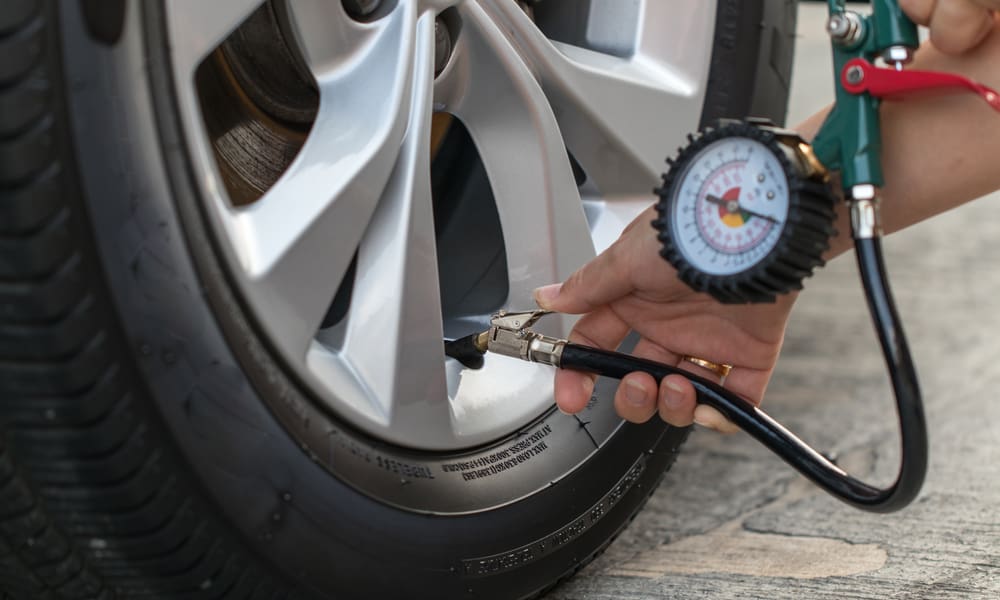
Check the air pressure in your tires and inflate any tire that is low (according to the manufacturer’s recommendation). When the tire is at the appropriate pressure, the indicator light should go off.
If necessary, replace the tire with your spare tire and visit your local Tires Plus store for needed repairs or replacement. They’ll check your vehicle’s tire pressure and perform a systems test on all of your tire sensors to diagnose the problem. Once our technicians address your vehicle’s tire needs, they’ll then suggest the proper maintenance to get you back on the road safely.
Direct TPMS equipped tires cost slightly more to maintain than non–equipped tires because proper care requires extra parts and labor. The valve service kit, which includes the valve core, cap, nut and o–ring (seal), must always be replaced when a tire is dismounted for service or replacement. A special TPMS tool and additional time are also needed to check and reset the sensor system.
A special TPMS tool and additional time are also needed to check and reset the sensor system.
{{storeNumber}}
{{storeName}}
{{link-icon "Call Us" mobileCallLink null "call-cta"}} {{link-icon "Directions" directions "_blank" "directions-cta"}}
{{address}}
{{city}}, {{state}} {{zip}}
{{#if activeFlag}} {{#ifCond mystore "or" myPreferredStore}} {{#ifCond storeType 'eq' "TPL"}}
*Call store for appointment {{phone}}
{{else}} {{#if onlineAppointmentActiveFlag }}
{{#if myPreferredStore}}
{{else}}
*Call store for appointment {{phone}}
{{/if}} {{/ifCond}} {{else}} {{#ifCond storeType 'eq' "TPL"}}
*Call store for appointment {{phone}}
{{else}}
Schedule Appointment {{#if onlineAppointmentActiveFlag}} {{else}}
*Call store for appointment {{phone}}
{{/if}}
{{/ifCond}} {{/ifCond}} {{else}}
*Temporarily Closed Due To: {{temporarilyClosedReason}}
{{/if}} {{#if isMilitaryStore}}
*This location is on an active US military base.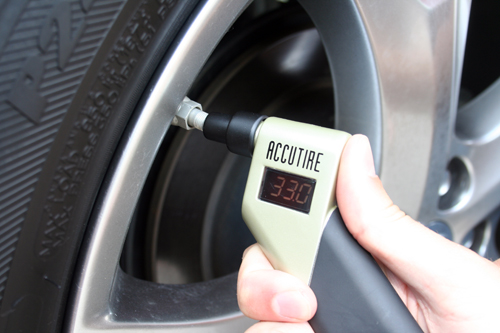 You may need military ID to access the location.
You may need military ID to access the location.
{{/if}}
In America and Europe, a tire pressure monitoring system is an indispensable element of a car. Most likely, in the near future the same rules will be adopted in Russia.
But even if this system does not become mandatory, nothing prevents it from being installed in a car if the standard TPMS is not provided by the manufacturer: it is much better to find out in time that the wheel is flat than to wait for sad consequences. nine0003
TPMS (tire pressure monitoring system) monitors changes in tire pressure: even a small decrease in pressure in one wheel increases fuel consumption, worsens car handling and increases tread wear.
Now the pressure control system is divided into systems of direct (direct) and indirect (indirect) directions - we will tell you in more detail what it is.
In direct measurement systems, sensors are placed on the valves of all wheels. They can be installed inside or outside. The sensor detects the level of pressure in the wheel and transmits information via radio to the control unit. Here, the accuracy of the readings plays a big role - you can even track a decrease in pressure by only 0.1 bar.
The "direct" system is more expensive than the "indirect" one, but it transmits information more accurately and faster. She, of course, has her own nuances: if you have to swap tires for even wear, then information about this will need to be entered into the control unit. nine0003
The so-called "indirect" TPMS is essentially a software extension for ABS: in its work it uses standard wheel rotation sensors. The system monitors changes in wheel speed and can diagnose tire pressure loss based on this information.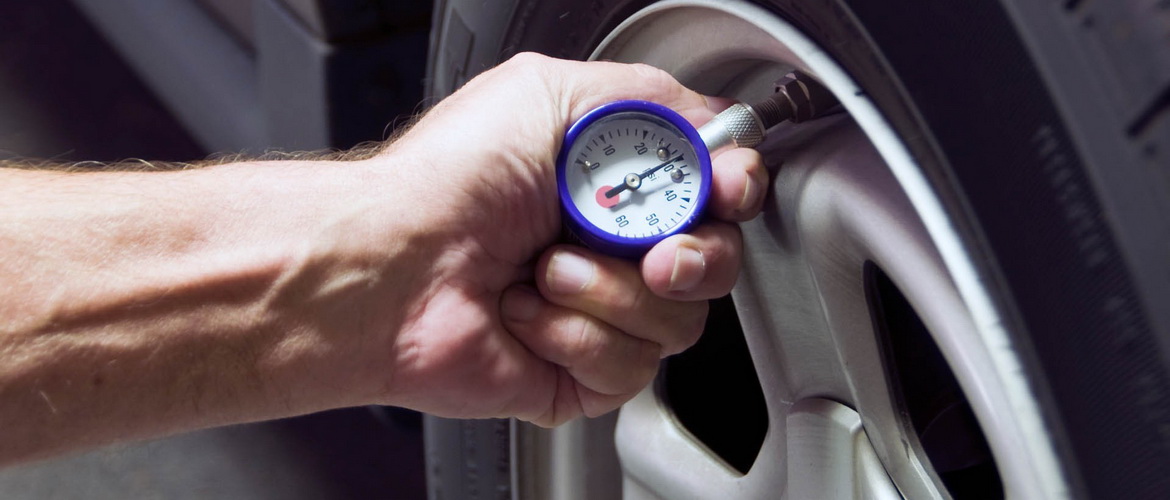
In this case, we are not talking about exact values, but only signals a significant deviation from the usual pressure - a significant deviation in this case is 0.3 bar, and a dangerous one - 0.5 bar. nine0003
"Indirect" systems may erroneously transmit a signal for a decrease in tire pressure also when:
Uneven load distribution
Frequent change from lane to lane
slippage
Sharp descents and ascents
But this can be adjusted, for example, by setting an alert delay. You can also reboot the system so that it adjusts to different tire pressures at startup.
The AIRLINE range includes 2 models of the "direct" system.
Tire pressure monitoring system TPMS BLACK ATP-MS-01 includes 4 sensors and a receiving module with a color LCD display. The sensors are mounted on the nipple of the car wheel, measure the pressure and air temperature in the tire and transmit information about the pressure value via radio to the display.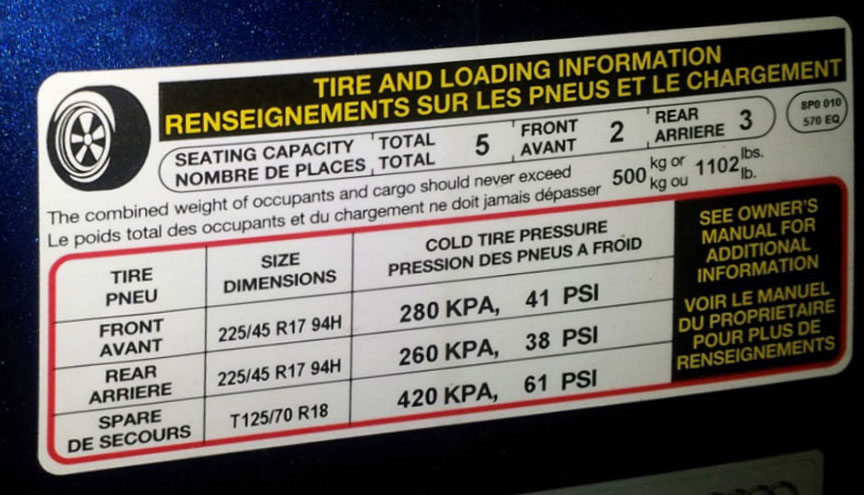 When the tire pressure changes, the system transmits information with sound signals and displays it on the display. The pressure and temperature thresholds are set in the display menu. The system can be installed independently - it does not require special skills. nine0003
When the tire pressure changes, the system transmits information with sound signals and displays it on the display. The pressure and temperature thresholds are set in the display menu. The system can be installed independently - it does not require special skills. nine0003
The receiving module is powered by the car's cigarette lighter socket, there is also a USB output for convenient parallel charging of the smartphone. The kit includes a receiver with a display, 4 external pressure sensors, 4 locknuts, a kit for mounting sensors, a warranty card and instructions. The operating temperature of the sensors is from -40°С to +125°С.
Tire pressure monitoring system TPMS wireless INSIDER SOLYAR ATP-MS-02 includes 4 sensors and a receiving module with a color LCD display. When the tire pressure changes, the system transmits information with sound signals and displays it on the display. The sensors are marked position, but the wheels can be swapped, everything is reconfigured. The operating temperature of the sensors is from -40°С to +125°С. nine0003
The operating temperature of the sensors is from -40°С to +125°С. nine0003
The kit includes a double-sided adhesive tape for fixing the receiving module on the dashboard of the car, it can also be mounted on a Velcro mat.
The receiver module is powered by a built-in lithium-polymer battery, which is charged by a built-in solar panel or a microUSB socket. The kit includes a receiver with a display, internal sensors, a USB-microUSB cable, double-sided tape, a warranty card and instructions. Tire fitting is required for installation, so we recommend contacting a service center for proper installation. nine0003
Excessive or insufficient tire pressure reduces the safety of road users, increases tread wear and increases gas mileage.
Therefore, car manufacturers recommend keeping tires in good shape by inflating them only to the desired pressure. But how can this figure be determined? After all, not all drivers know how to use a pressure gauge without the risk of a flat tire. And if you're not one of them or don't want to mess around with mechanical pressure gauges, a tire pressure monitoring system, which is abbreviated as TPMS, will suit you. nine0003
And if you're not one of them or don't want to mess around with mechanical pressure gauges, a tire pressure monitoring system, which is abbreviated as TPMS, will suit you. nine0003
TPMS is part of the vehicle control system. Specifically, this system monitors the pressure in all tires of a car, with the exception of the spare tire. When the pressure drops below the level invested in the system memory, the driver receives a special signal. It continues to disturb the conscience and nerves of the driver until the pressure in the chamber or tire reaches a safe level.
Until 2008, wheel pressure sensors were installed only in individual cars. However, after analyzing the causes of the accident, this system became mandatory for all new cars sold in the United States. Since November 2014, this practice has been picked up in the European Union. From that moment on, the TPMS system has become a mandatory element of every decent car.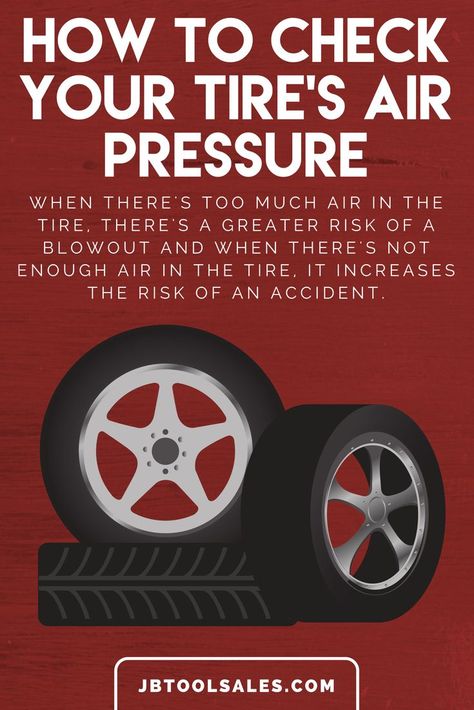 nine0003
nine0003
In fact, this monitoring scheme was developed relatively long ago, back in the 20th century, but it was implemented only in military equipment and special vehicles. Therefore, the appearance of TPMS in civilian technology is a classic example of arms conversion.
The control system is based on two laws of physics. The first law states that a change in pressure in a car tire leads to an increase or decrease in the circumference of the tread. According to the second law, with an increase or decrease in the circumference, the speed of rotation of the wheel also changes. nine0003
If you put a wireless (or wired) sensor on the axle of the wheelset that records the speed of the wheel, and output the signal from this controller to the control panel, which has the correct speed stored in the memory, then in the process of continuous comparison of the actual and reference indicators, TPMS will be able to track the pressure in a car tire. In addition, the control sensor can be placed directly on the valve. It then reads the information directly, transmitting it to the control panel wirelessly. nine0003
In addition, the control sensor can be placed directly on the valve. It then reads the information directly, transmitting it to the control panel wirelessly. nine0003
By installing TPMS in the car, the driver will be able to control the pressure in the tire with an accuracy of the atmosphere. Due to this, it can prevent uneven wear of the tread and a drop in the level of grip with the roadway.
A timely noticed pressure drop will save you from the most common “technical” cause of an accident - the failure of a flat tire from the disk on the go. That is why the Tire Pressure Monitoring System has become a mandatory part of automotive electronics in both the US and the EU. nine0098
In addition to increased safety, the pressure monitoring system provides the following benefits:
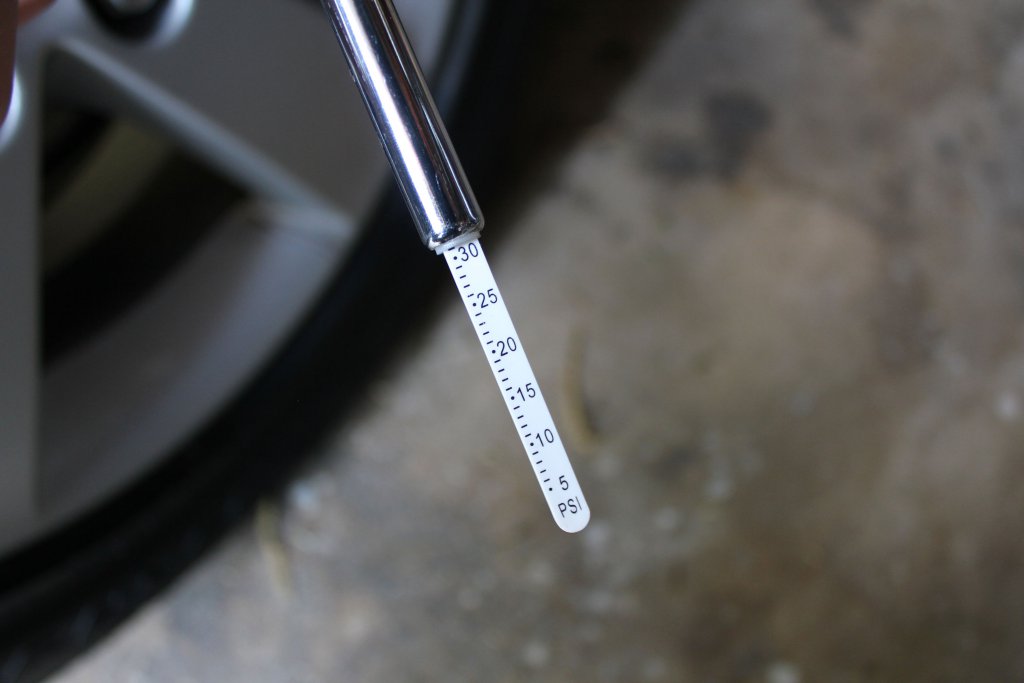
These benefits are guaranteed by Tire Pressure Monitoring System of any design. Therefore, TPMS manufacturers strive to attract the attention of customers by releasing a wide range of models with personal benefits.
The whole variety of wheel monitoring systems can be divided into two conditional groups: installations with direct measurements and controllers of indirect parameters. In the first case, the main controller of the car wheel parameters is a pressure sensor that replaces the tire valve.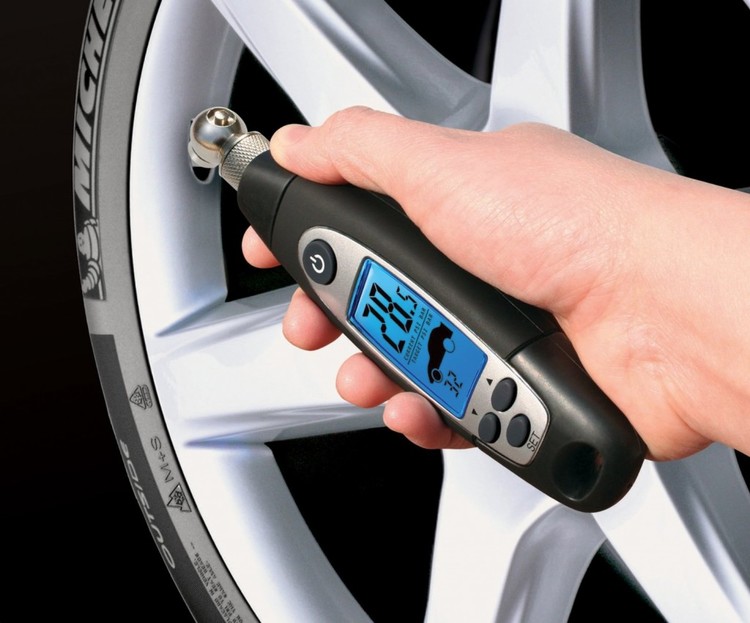 In the second case, the wheel speed is monitored - an indirect parameter related to tire pressure.
In the second case, the wheel speed is monitored - an indirect parameter related to tire pressure.
Installing a direct controller guarantees maximum measurement accuracy, and such systems control each wheel individually. Direct TPMS displays information on the number of atmospheres in each tire on the control panel screen, and these data are fed in real time, so any deviations from the reference parameters are immediately noticeable. nine0003
Installing an indirect controller allows you to fix the very fact of the failure, so a flat tire can only be found at the service station, during the pressure check in each tire. Because of this, the owners of indirect systems ignore the signals of the controller until the last moment, saving on a visit to the service station.
If you want to increase the level of safety, buy a direct control system with any type of sensors.
Direct system operates external and internal sensors of the following type:
 Moreover, the control in this case is carried out visually. In normal condition, the top of the controller is green. When the pressure changes, a red mark appears at the top. To monitor the wheels, you will have to walk around the car and look at each sensor.
Moreover, the control in this case is carried out visually. In normal condition, the top of the controller is green. When the pressure changes, a red mark appears at the top. To monitor the wheels, you will have to walk around the car and look at each sensor. The mechanical system can only operate with an external controller. Electronics can work with wireless sensors of external and internal type. Moreover, both external and internal sensors have their pros and cons.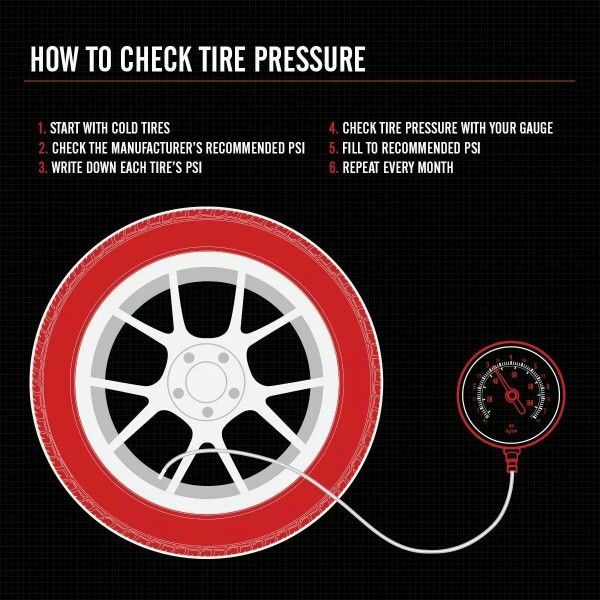 Therefore, before buying a specific TPMS model, the driver should understand the pros and cons of each option. nine0003
Therefore, before buying a specific TPMS model, the driver should understand the pros and cons of each option. nine0003
Winter Drive protection
Tires Goodyear UltraGrip Arctic 2 SUV
Winter Drive Protection Sound Comfort
Rating:
4.5
Tires Goodyear UltraGrip Ice 2
Winter Drive protection
Tires Goodyear UltraGrip Performance+ SUV
Winter Drive protection
Tires Goodyear UltraGrip Arctic 2
Winter Drive Protection Run On Flat Sound Comfort
nine0002 Tires Goodyear UltraGrip Performance+ External wireless TPMS sensor is mounted at the request of the car owner.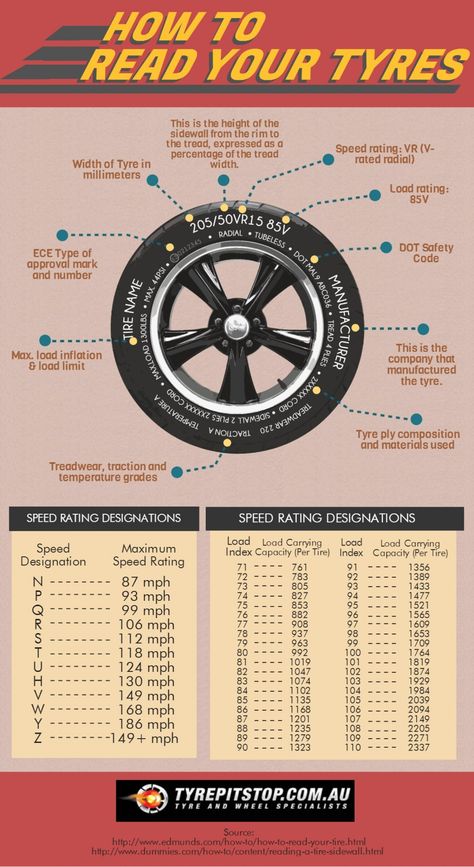 It is put in place of the spool or cap. Such a controller performs two functions - it works both as a shut-off valve and as part of a measuring device. This duality has a not-so-pleasant downside. Such controllers are characterized by false positives. They may show an incorrect value or fail due to external factors. This is the strongest drawback of external devices. nine0003
It is put in place of the spool or cap. Such a controller performs two functions - it works both as a shut-off valve and as part of a measuring device. This duality has a not-so-pleasant downside. Such controllers are characterized by false positives. They may show an incorrect value or fail due to external factors. This is the strongest drawback of external devices. nine0003
The advantages of external controllers include versatility and low price. The sensor-cap can be put on any nipple. Moreover, the price of a set of external devices is commensurate with the cost of one internal sensor. However, chasing cheapness, you can lose the entire external kit - such controllers are stolen even more often than wipers.
Internal controllers are mounted both at the request of the car owner and at the direction of the vehicle manufacturer. Moreover, today the decision to install this device in a car older than 2014 was made by literally all automakers.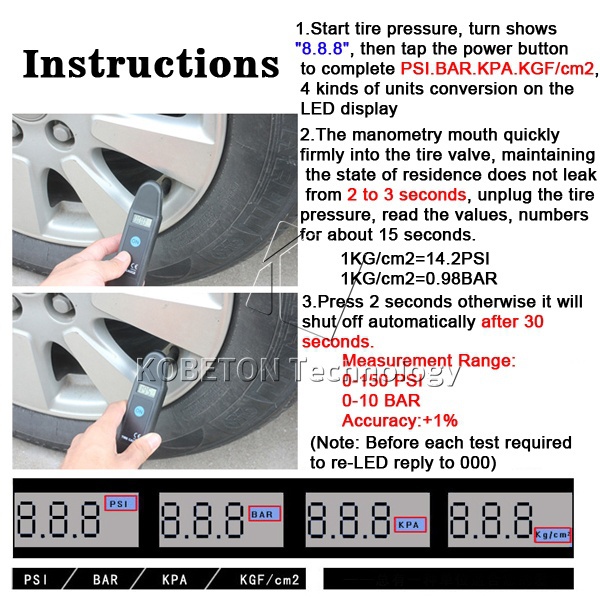 Therefore, it can be found even in budget models of passenger cars. nine0003
Therefore, it can be found even in budget models of passenger cars. nine0003
In this case, the internal control scheme guarantees two major advantages at once. Firstly, such a device performs only a controlling function. It does not work as a locking unit, so its accuracy is not affected by external factors. Secondly, the internal placement eliminates the possibility of stealing the controller. It is simply not visible from the outside.
The only disadvantage of this accommodation option is the price. However, the ability to integrate the sensor into the car's wireless system partially solves that problem, allowing you to save on the control panel and display. nine0003
In addition to sensors, the choice of control system is also affected by the format of the control panel. After all, the very possibility of warning the driver about an emerging problem with tire pressure depends on its information content.
Owners of external and internal controllers can purchase simple remotes that provide visual and audible warning of a problem. In such a remote control there is a control unit and two LEDs - green and red. When changing colors, the driver should check the tires in a car service. nine0003
In such a remote control there is a control unit and two LEDs - green and red. When changing colors, the driver should check the tires in a car service. nine0003
In addition to simple, single-signal TPMS consoles, they are equipped with more complex devices that display information on the pressure in each wheel. In addition to this information, such a remote control can show the temperature overboard, date and time, replacing the car clock. Moreover, a cigarette lighter socket is used to power such a remote control.
The most advanced controllers are equipped with a wireless communication module that allows you to synchronize the TPMS with the driver's smartphone. In this case, the owner of the machine does not need a separate control panel. He can set up the sensors to work with the phone using a special application. nine0003
Mechanical controllers are not calibrated or adjusted. You insert them in place of a conventional spool, and then inflate the tire to the desired pressure. After that, the cap of the mechanical shut-off and control device changes color (to a green color), which indicates the completion of the setting.
You insert them in place of a conventional spool, and then inflate the tire to the desired pressure. After that, the cap of the mechanical shut-off and control device changes color (to a green color), which indicates the completion of the setting.
The electronic sensors will take some more fiddling around by doing the following:
Once the calibration is complete, the driver can use the machine as he pleases.